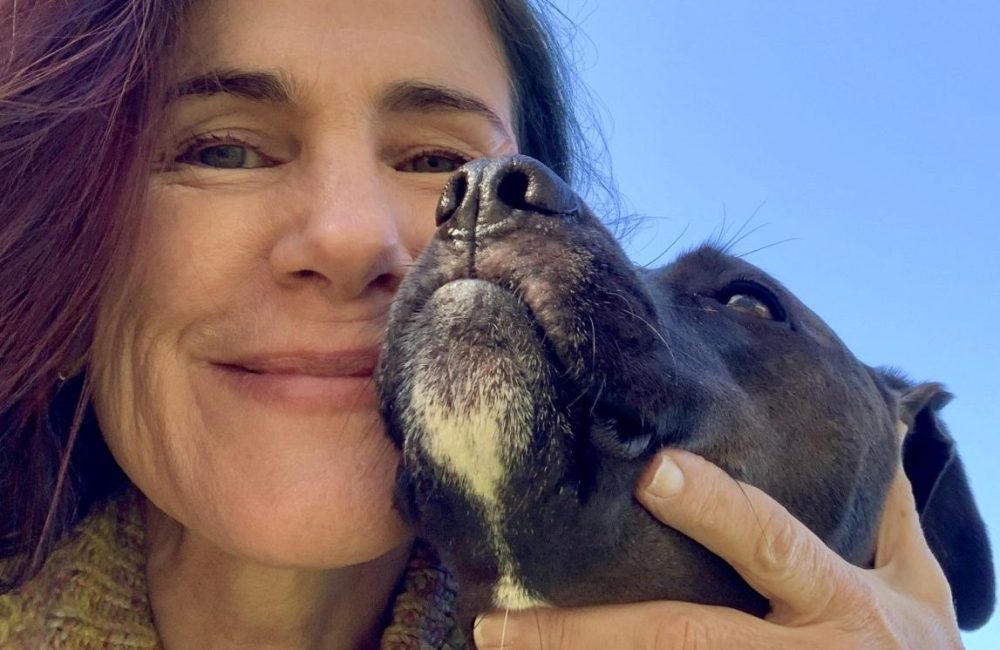Got a podcast or want to start one?
Category: London
Self-Publishing in S. India by Nadira Cotticollan
What's your experience with buying or publishing self-published novels?
U.K. Castles n Mushy Peas: Harlech, Conwy, Penrith, Ullswater by da-AL
What's your fave region in the U.K.?...
Part 3 of 3: British Museum, where dwarfism is divine n Video by da-AL
Do you have art that depicts you?...
Part 2 of 3: Strolling the British Museum by da-AL
Is there an era’s art that you prefer?…

